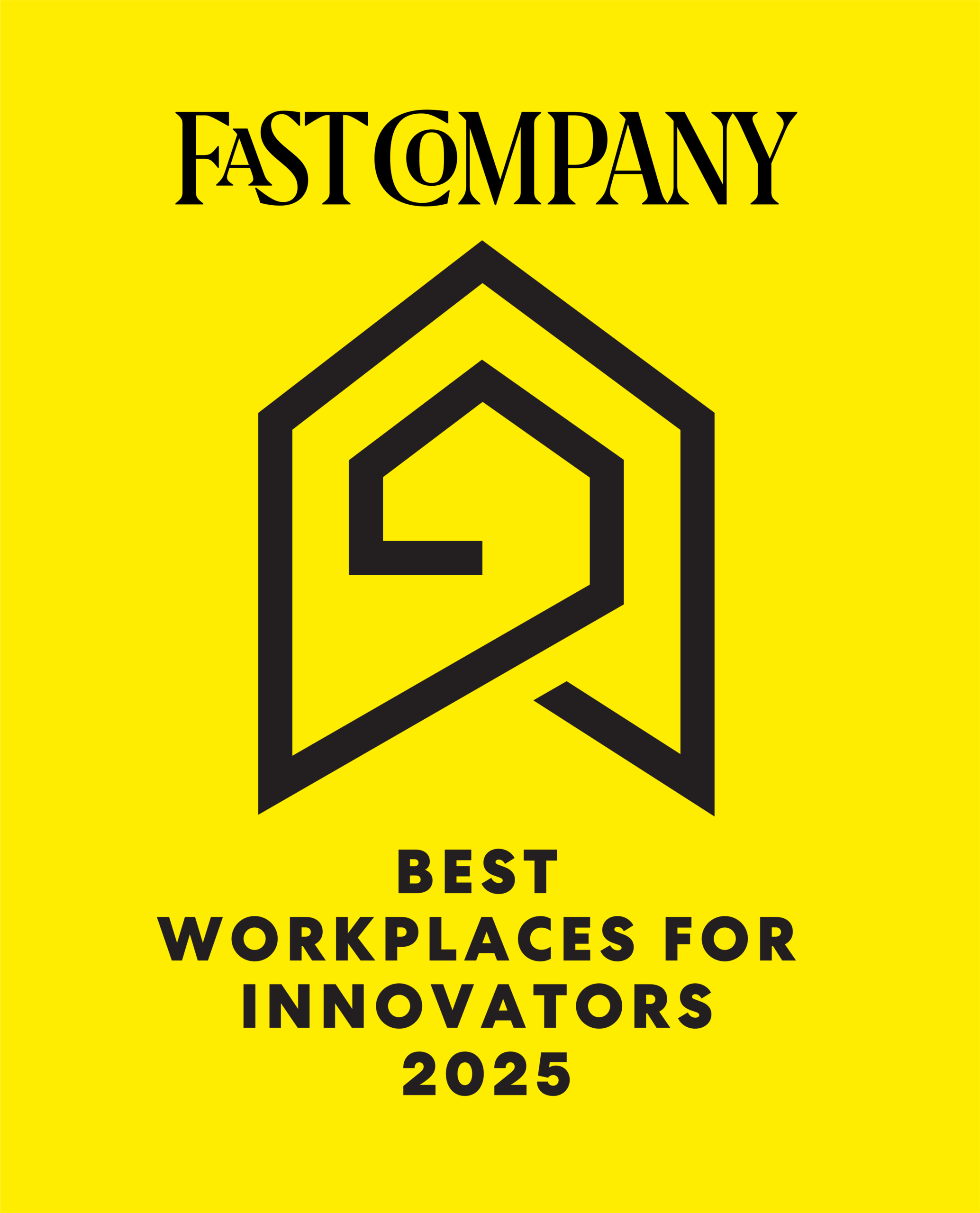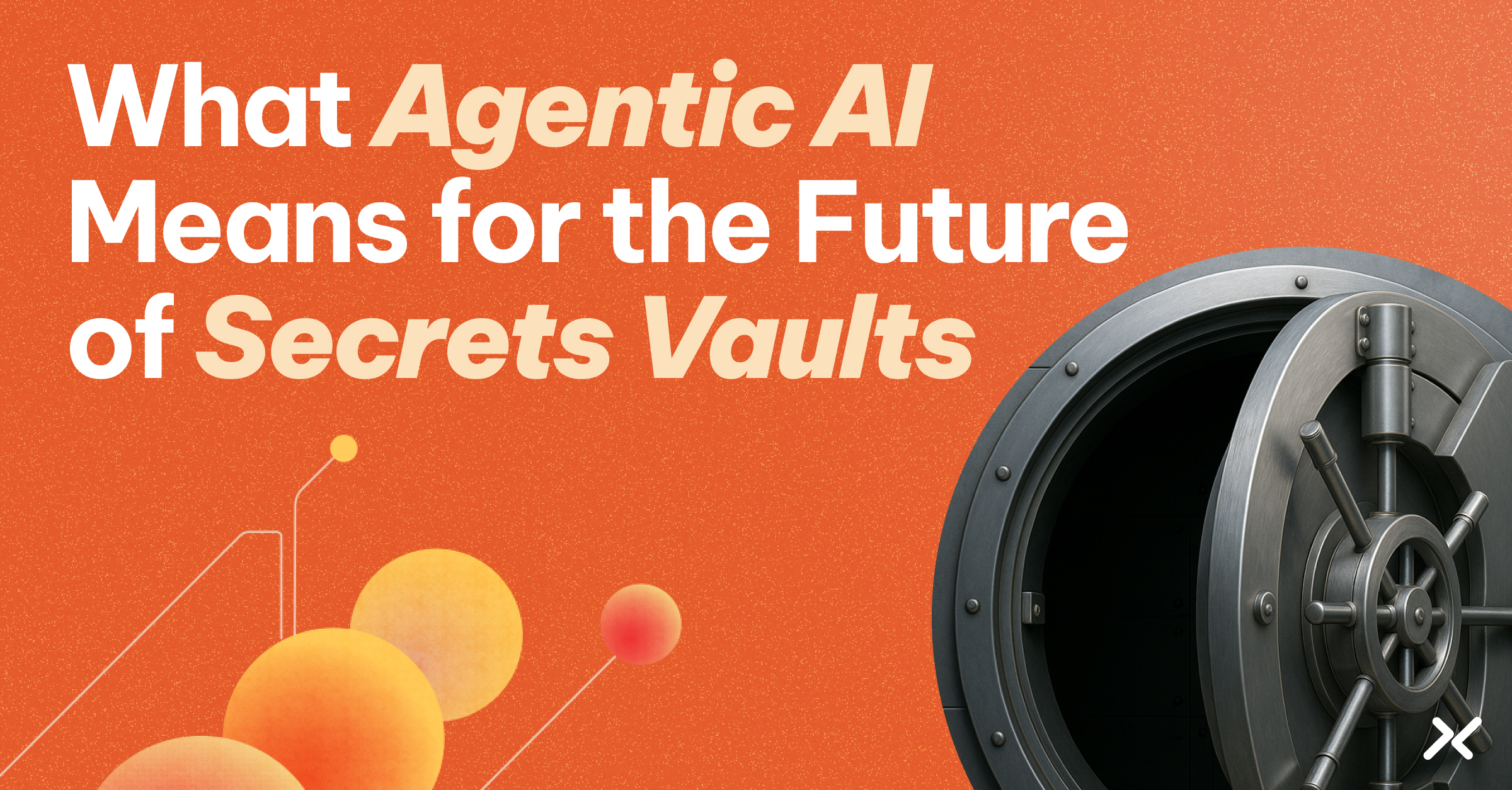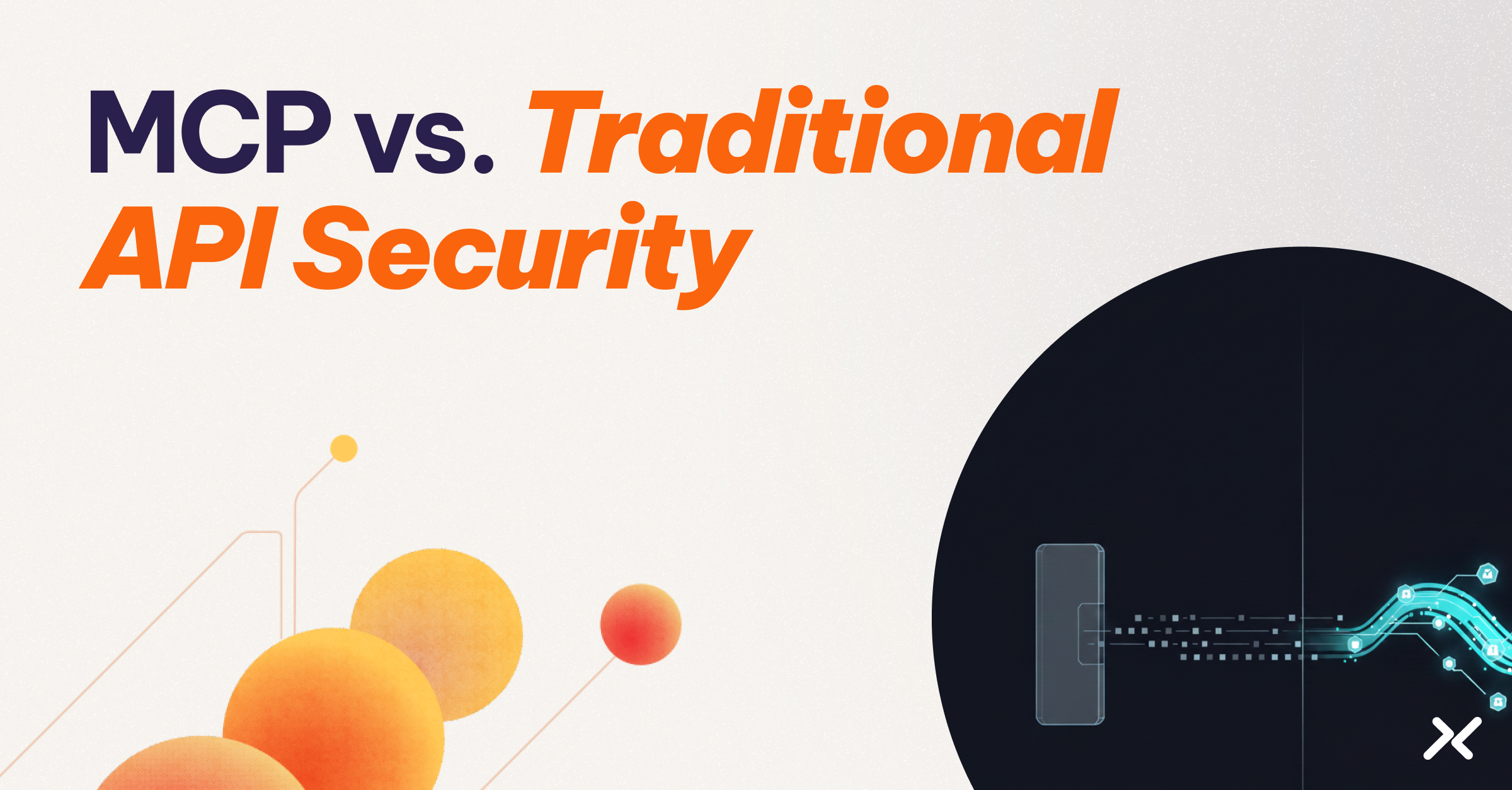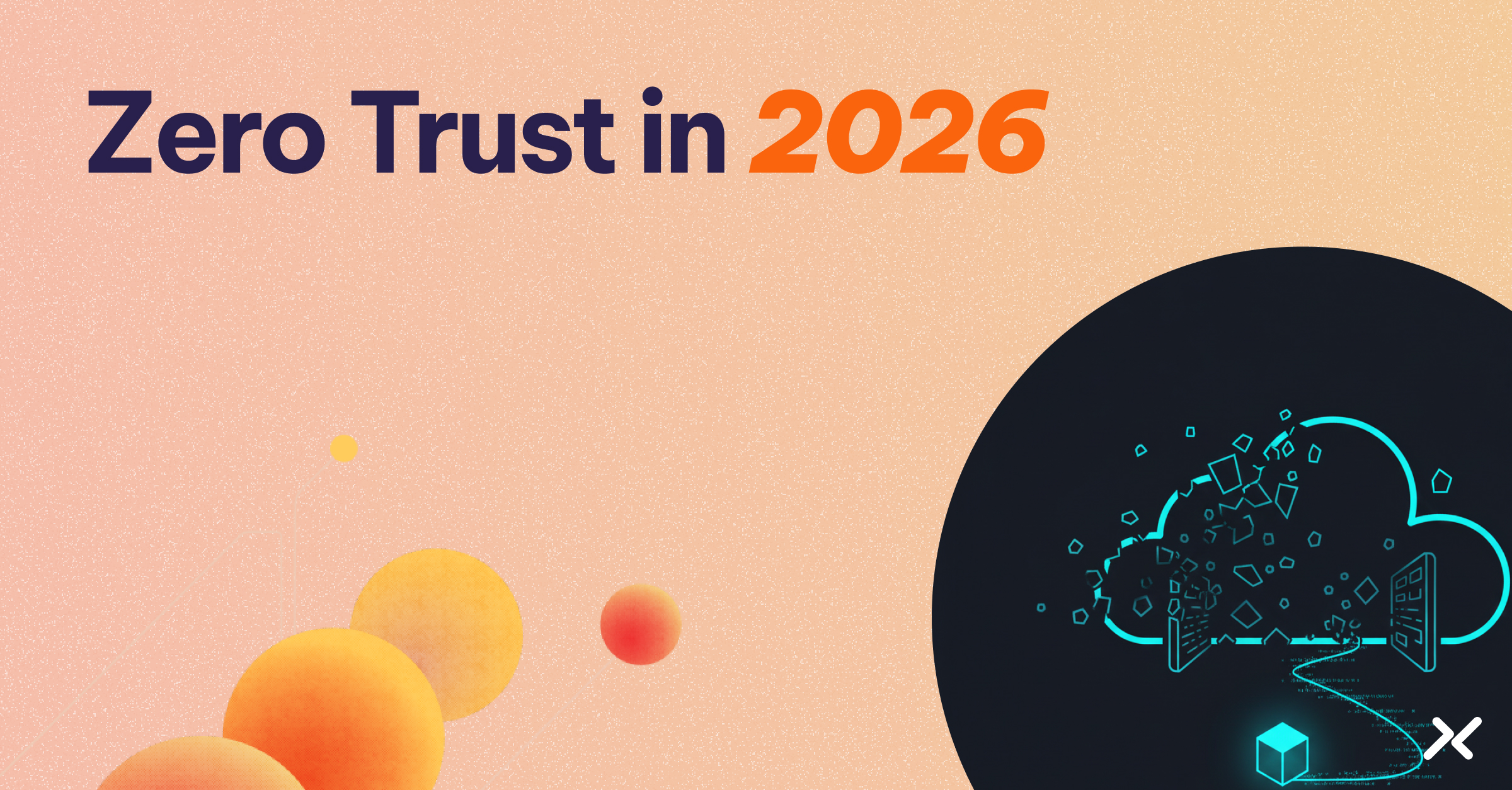As agentic AI becomes more mainstream – from developer assistants and task automation tools to systems that independently act on human intent – we’re being forced to revisit some foundational assumptions about how we handle identity and access.
Agentic systems don’t just respond to requests. They make decisions, take action, and interact with APIs, databases, and SaaS applications – often in unpredictable or evolving contexts. That autonomy is what makes them useful. But it’s also what breaks traditional security models.
One of the most critical models that needs rethinking? Secrets management.
Static Secrets and Vaults: A Model That Doesn’t Scale
Traditional secrets managers like HashiCorp Vault, CyberArk Conjur, or AWS KMS were built for a world where secrets were provisioned centrally and consumed in predictable ways – by servers, CI/CD pipelines, or applications running in stable environments. These systems rely on developers to insert secrets into application code, inject them into containers at runtime, or store them as environment variables.
It’s a model based on three outdated assumptions:
1) Secrets can be managed statically. They’re created once, rotated occasionally, and injected into trusted workloads.
2) Workloads don’t change context frequently. A secret given to a workload today is still valid tomorrow.
3) Workloads operate at human-scale. Workloads can (and are) managed by the humans that create them without significant overhead.
Agentic AI breaks these assumptions. It acts in real time, in variable contexts, and often without a human in the loop. Hardcoding secrets or even dynamically injecting them into memory assumes you know what the AI will do ahead of time – and you don’t.
This happens at a scale that is well above what a typical human can manage, meaning it would be impossible to manage AI agents’ needs in the wild.
Why Agentic AI Is Forcing a Shift
Imagine a financial operations agent that analyzes data in Snowflake, updates a Notion doc, and then sends a Slack alert. Or a developer assistant that pushes changes to GitHub, deploys to AWS Lambda, and files a ticket in Jira – all in response to a vague human prompt.
These agents need access to a wide variety of systems. That access can’t be managed manually. Secrets can’t be preloaded into containers or passed via config files. And you can’t safely give the agent broad, long-lived credentials without violating every principle of least privilege and zero trust.
Agentic AI needs identity-aware access decisions made in real time. It needs credentials that are:
- Issued dynamically, at the time of the request.
- Scoped to the task at hand.
- Bound to context, like the agent’s identity, purpose, or environment.
- Short-lived, expiring after just seconds or minutes.
- Auditable with the given context and rights.
That’s a job for dynamic access management – not traditional vaults.
Concrete Examples of the Shift
Let’s walk through a few common scenarios that illustrate this shift:
CI/CD Pipelines Enhanced by AI
Developers increasingly rely on GitHub Copilot to write and maintain CI/CD workflows. From generating GitHub Actions YAML files to suggesting deployment logic and test automation steps, Copilot acts as an AI assistant that accelerates pipeline development.
But what happens when that assistance becomes autonomous? As Copilot and tools like it evolve, they’re beginning to operate more like agents – observing code changes, recommending remediations, and proposing or initiating changes to workflows.
In these scenarios, static secrets injected into workflows don’t hold up. If an AI agent is assembling and executing parts of the pipeline on the fly, access decisions must be made in real time. Short-lived credentials tied to the agent’s identity and task context become essential. Static secrets left in the repo – or even passed at runtime – introduce risk the AI can’t mitigate on its own.
Multi-Cloud AI Orchestration
An agent might deploy one part of an app in AWS, update configurations in Azure, and run performance analysis in GCP. Vault-based secrets can’t scale across this environment. Dynamic federated identities can authenticate the agent to each cloud provider in real time using its identity and task context.
AI Agents with Hybrid Identity
Some agents use both delegated human authority and their own non-human identity. For example, when scheduling meetings on behalf of a user, the agent might use OAuth 2.1 with delegated scopes for Google Calendar – benefiting from short-lived tokens, PKCE, and strict scope enforcement.
But the same agent might then call an internal system to fetch resource availability or update a logistics database – actions that fall outside a user’s delegated permissions. In those cases, the agent must authenticate as itself, using a non-human identity.
Traditional vaults weren’t built for this split. OAuth 2.1 helps solve the delegation problem, but not the non-human identity problem. That’s where policy-driven identity brokers and dynamic workload IAM come in – enabling real-time decisions about which identity to use, and what access is appropriate for each.
The End of Vaults? Not Quite – But We Can Hope
Static secrets aren’t disappearing overnight. Legacy systems, third-party services, and human-operated environments will still need a place to store and retrieve credentials securely. Vaults will remain part of the stack.
But their role is diminishing. They’ll serve as a backstop, not the primary mechanism for enabling secure access in dynamic environments. And that’s OK. The idea of managing secrets is quickly becoming antiquated at the scale and sophistication of modern software.
The future belongs to identity-first systems that:
- Replace static secrets with dynamic credentials.
- Authenticate agents, not just containers.
- Use context to determine what should be allowed, when, and for how long.
The Bottom Line
Agentic AI is the forcing function we’ve been waiting for.
It exposes the brittleness of traditional secrets management models and accelerates the move toward real-time, context-aware access decisions. Make no mistake, this is a foundational shift in how access is granted in modern software systems.
Vaults got us here. Access management will take us further.
The Workload IAM Company
Manage Access, Not Secrets
Boost Productivity, Slash DevSecOps Time
No-Code, Centralized Access Management




